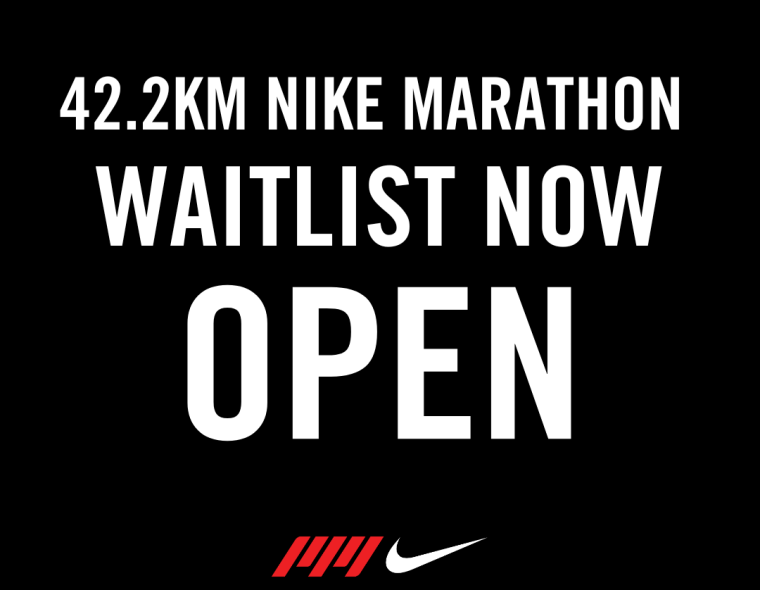We acknowledge the traditional custodians of this land and pay our respects to their Elders, past and present. We pay our respects to all Aboriginal people across the country and acknowledge the spiritual connection of their ancestors.
The Artist
Simone Thomson is a Melbourne based Fine Art Artist, Muralist and Creative and is a Woi-Wurrung Wurundjeri and Yorta-Yorta Traditional Owner through her mother. She draws inspiration for her art through her spiritual connection to Country and the rich colours and textures of earth and sky.
Simone attributes much of her cultural education to her early years in which she performed traditional song and dance in Cultural dance troupes along with Worawa Aboriginal College. It’s here she started painting, later becoming the school’s first graduating student. She would go on to continue this sacred art of storytelling well into her adult years remaining strongly connected to her culture through the ancestral knowledge and oral history as passed down through her mother and grandmother.
The Practise
Simone’s artistic practice stems from her deep spiritual connection to Culture and Country, and a creative urge to produce evocative works which connect people of all walks of life and cultural backgrounds to Aboriginal storytelling. This is demonstrated through her culturally safe holistic art practice which includes traditional Smoking and Welcome Ceremonies conducted by her mother, herself and sister, along with regularly delivered Cultural Presentations.
The Gathering Circle
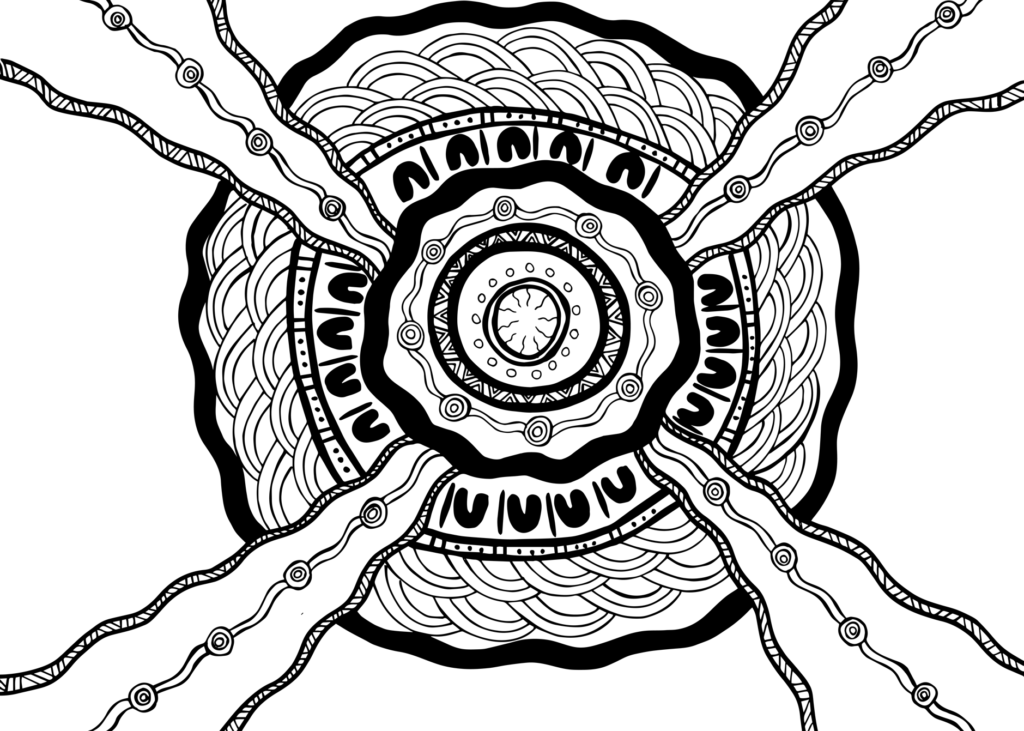
The Gathering Circle represents the MCG, the finishing place of the Nike Melbourne Marathon. Four pathways lead from the north, south, east and western skies. The connected circles within these paths are the journey tracks of the participants and runners who come from all over to take part in the event.
The outer scalloped edging symbolises the mountains and hills that surround Naarm (Melbourne) and our sacred meeting place and Bora Circle – the MCG; the traditional gathering place for Clans to meet and hold ceremony for thousands of years.
In the bird’s eye view, ‘U’ symbols represent a person in the sitting position, knees crossed. The lines beside the ‘U’s represent for men – spears and shields, and for women – digging sticks and coolamons. These symbols represent all people participating and gathering to support the wellbeing and health of others running in the marathon.
The connected circles around the centre represent Community and the act of coming together to join and celebrate good health and wellbeing. It signifies the sacred connection to Country and the role our land and waterways play in our mental health.
The central circle represents the Sun, the giver of life. The sun symbolises health and wellbeing and signifies the MCG as our significant meeting place.
Simone Thomson Wurundjeri / Yorta-Yorta
Trail
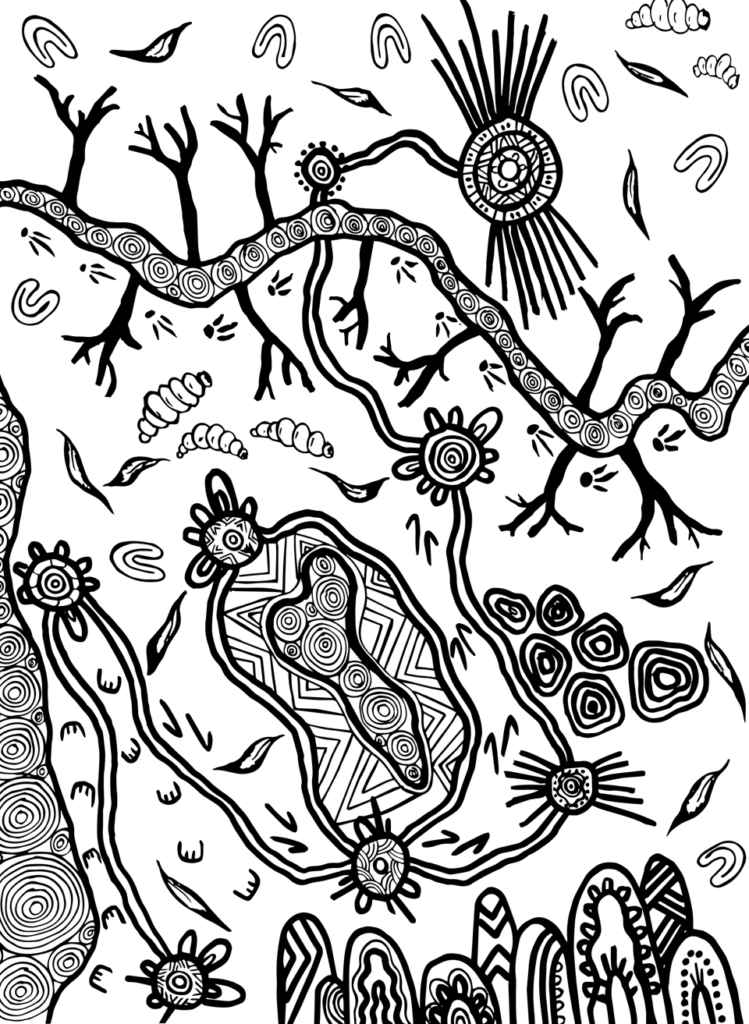
The traditional language of the Wurundjeri People is Woi-Wurrung. In the Woi-Wurrung language, the name Wurundjeri is in two parts. ‘Wurun’, meaning ‘manna gum tree’, and ‘djeri’; the white grub that lives in the tree – the witchetty grub. Gum leaves and witchetty grubs represent the Traditional Custodians of the Wurundjeri People and the land known as Naarm (Melbourne) paying respects to their lands and waterways.
In the bird’s eye view, a person is represented by the ‘U’ symbol. This symbolises a person in the sitting position, knees crossed. The ‘U’ symbols represent community and people from all walks of life caring for their health and wellbeing while running and participating in the Nike Melbourne Marathon.
Blue bodies of circles represent our sacred waterways. They are the Birrarung, river of mist and shadows known as the Yarra River, Albert Park Lake and Port Phillip Bay. The hilly mounds symbolise our mountainous ranges that hug our beautiful landscape. Black silhouetted trees along the Birrarung represent our sacred scar trees and river red gums that hold the stories of the ancestors who carved their shields and canoes from.
Animal tracks signify the journey tracks of the participants who run along the marathon trail. They stop at the various meeting circles for rest, aid or water. ‘U’ symbols surround these meeting circles representing the people who are supporting these services.
The largest Gathering Circle at the end of the trail represents the MCG. The MCG was the site of a sacred Bora Circle which Kulin Clans and Tribes used for thousands of years. This was the place of sacred ceremonies, trade and gathering and remains that way to this day.
Simone Thomson Wurundjeri / Yorta-Yorta
Eagle
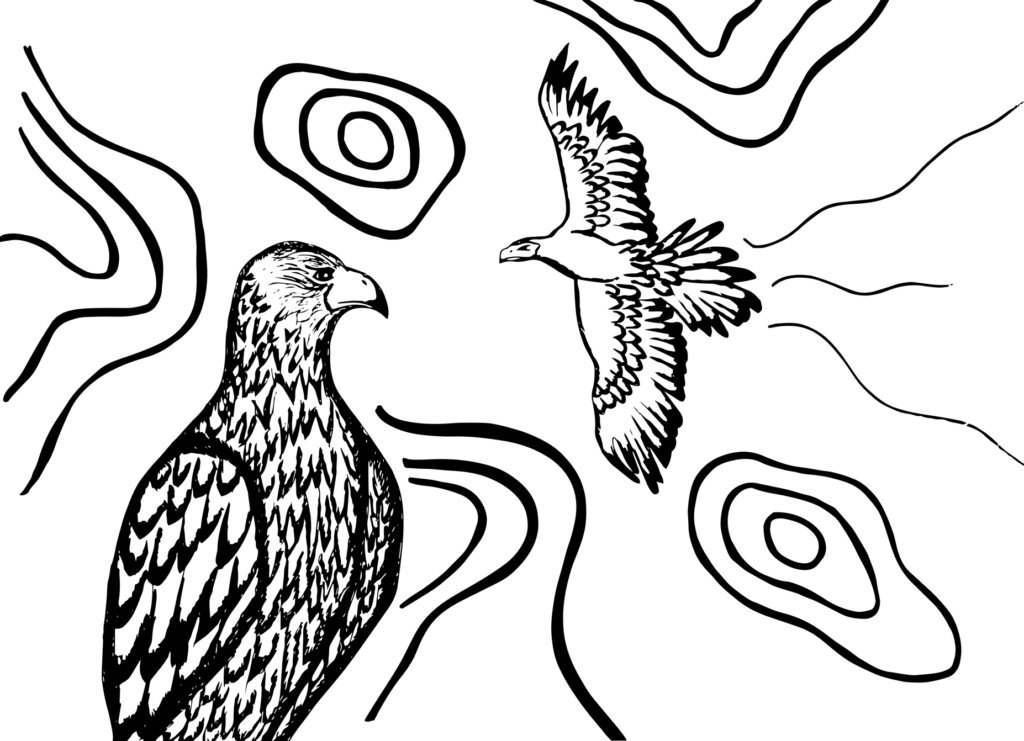
The Creator Spirit for the Kulin People is Bunjil. He comes in the form of the wedgetail eagle and is the maker of all things. After Bunjil created the land and waterways, he created people from the clay of Earth. He took the string from the stringy bark tree and used it for their hair, then blew into their mouths so they could breathe.
Bunjil, was tired after he created Country. He asked Waa the Crow, Keeper of Wind and Water to open up his bag of wind to create a whirly wind to help him fly. Waa opened up his bag of wind, but it wasn’t enough. Bunjil asked him to open his bag a little more, so Waa did as he was asked and opened up his bag creating a big cyclone which caried Bunjil into the sky where he became the stars.
That is where he remains today, watching down over his creation and people.
Simone Thomson Wurundjeri / Yorta-Yorta
River
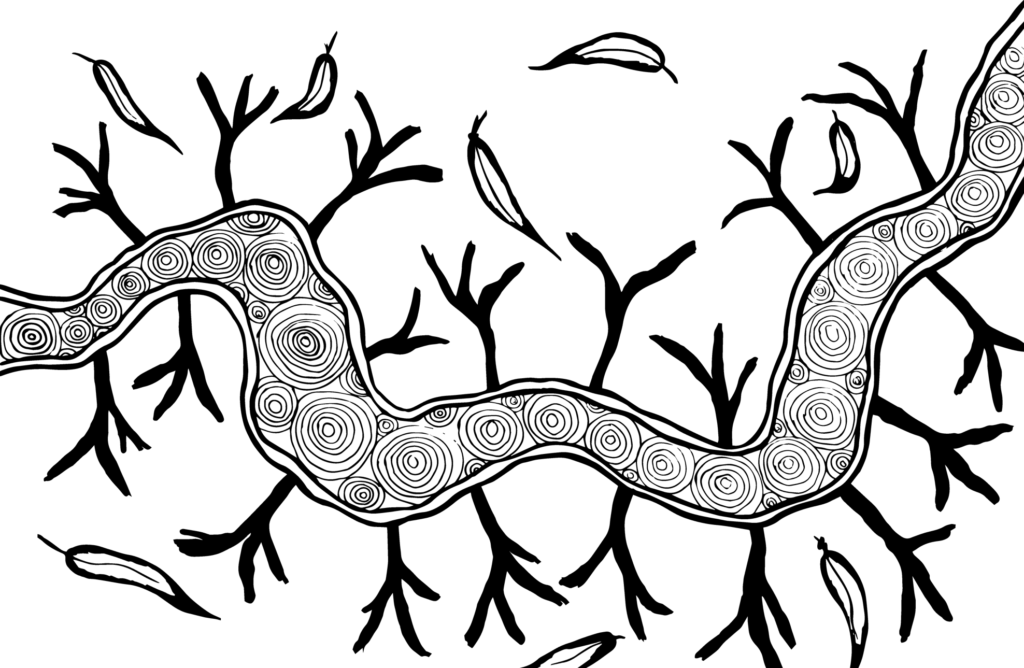
The blue body of water represents the Birrarung, the river of mist and shadows known as the Yarra River. This river was a vital food source for the Wurundjeri People with plentiful eel, river fowl, fish and yabbies. It was an important passageway for travel as our people travelled up and down this river in their bark canoes, carved from the grandfather gums along the riverbanks.
The majestic Birrarung weaves throughout Naarm and is the sacred meeting place for Kulin Clans where they would come to hold ceremony and exchange gifts and goods, to arrange marriages and to hold tanderrum; a traditional ceremony allowing safe passage for visitors whilst on Country. Water would be taken from the Birrarung and shared from a special dish called a turnuk indicating to visitors they could use the land’s resources during their stay.
Simone Thomson Wurundjeri / Yorta-Yorta



